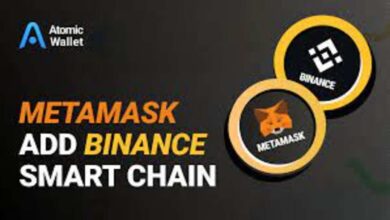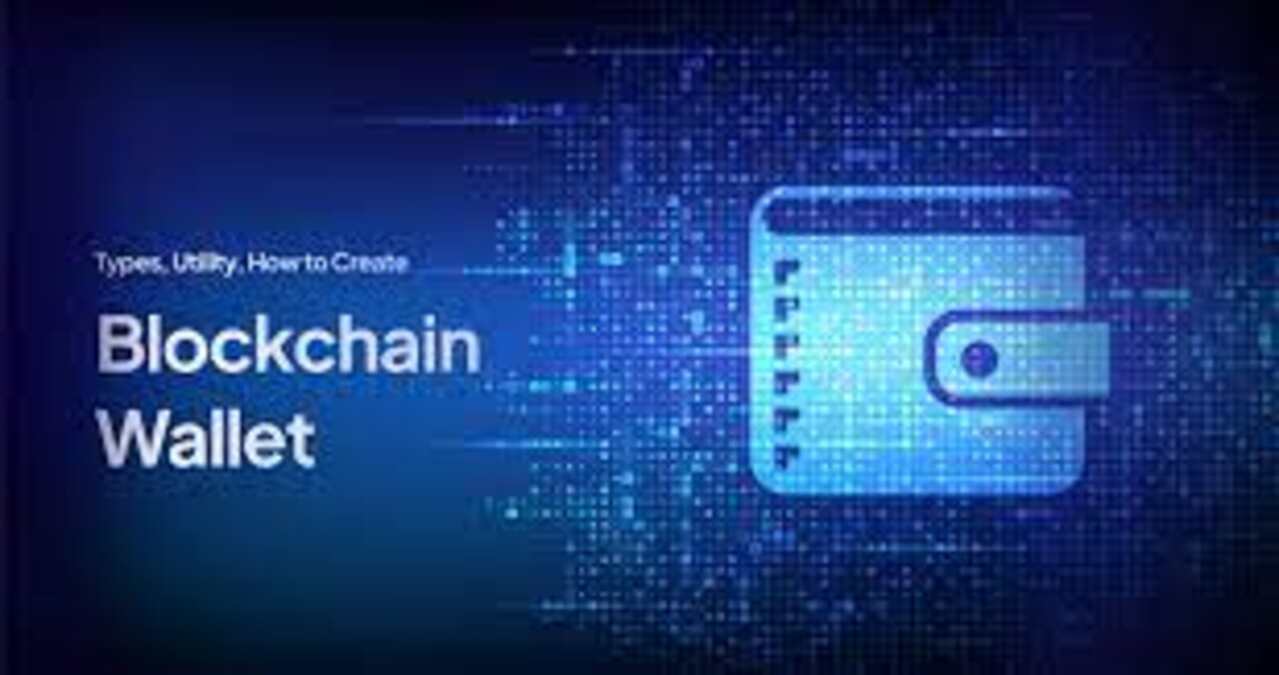Blockchain Virtual vs. Augmented Reality: The Best Dive Technology
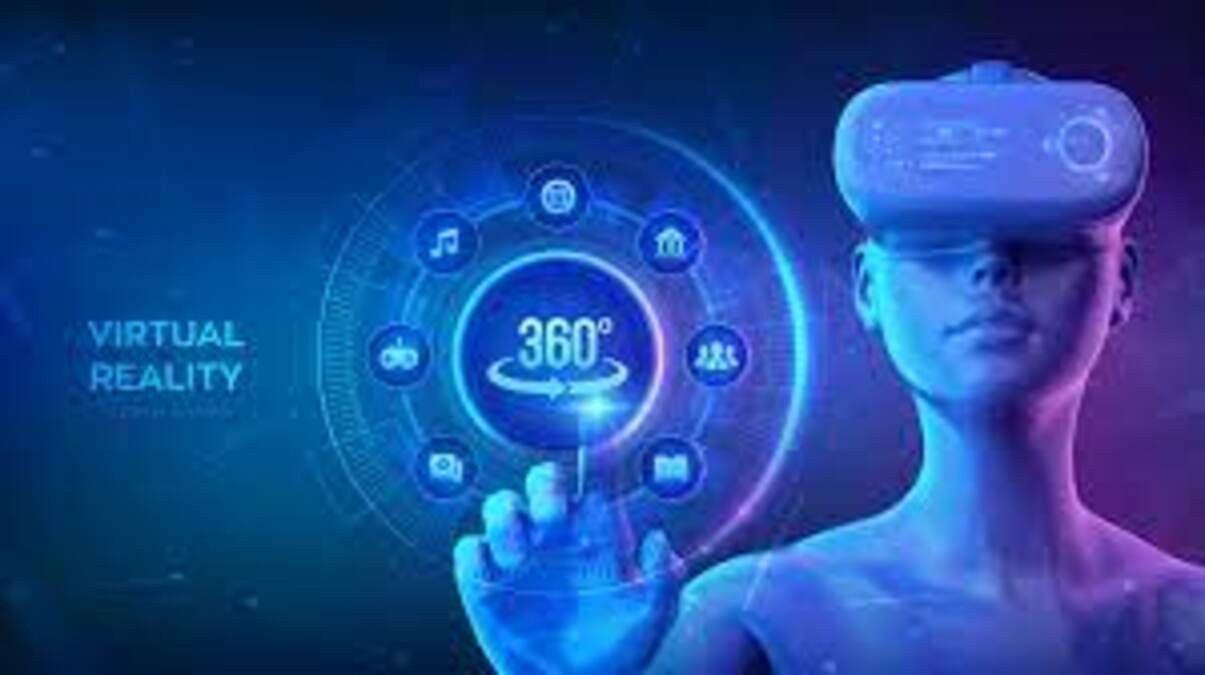
Blockchain Virtual vs. Augmented Reality the technological landscape has evolved dramatically over the last decade, introducing concepts that were once considered part of science fiction. Among the most transformative innovations are blockchain, virtual reality (VR), and augmented reality (AR). As these technologies continue to mature, they are increasingly intersecting in ways that promise to revolutionize industries and user experiences. In this article, we will explore the distinctions and overlaps between blockchain, VR, and AR, and how these innovations together are shaping the future of digital interaction.
Understanding Blockchain: A Brief Overview
Before delving into the specifics of VR and AR, it’s important to understand blockchain technology. Blockchain is a decentralized digital ledger that documents transactions across a network of computers. Each block contains a series of transactions, and these blocks are linked together in a chain, forming an immutable record.
Blockchain’s decentralized nature ensures security, transparency, and trust in a system where no single entity has control over the data. Initially, blockchain gained fame as the technology behind cryptocurrencies like Bitcoin, but its applications have extended far beyond financial transactions. Blockchain can also be applied to:
- Supply chain management
- Healthcare records
- Smart contracts
- Digital identity verification
As we transition into a more digital-first world, blockchain is becoming the backbone of several new-age technologies, including virtual and augmented reality. But what role does blockchain play in VR and AR ecosystems?
Virtual Reality (VR) Explained
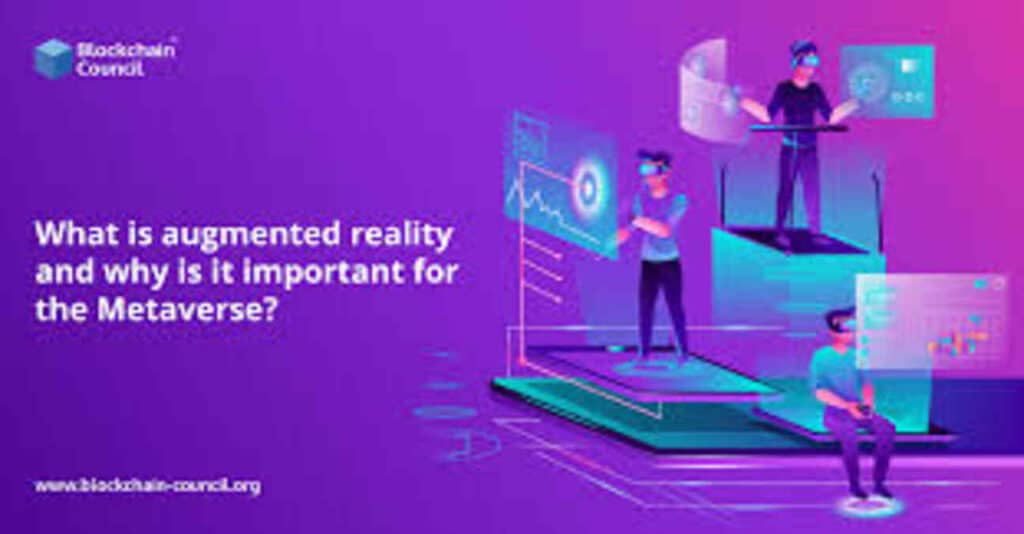
Virtual reality immerses users in a computer-generated environment, often experienced through headsets like Oculus Rift, HTC Vive, or PlayStation VR. These devices completely block out the physical world, allowing the user to interact with a simulated, 3D environment.
In VR, users can:
- Explore new worlds, both real and imaginary
- Engage in training simulations (especially in fields like aviation, medicine, and military)
- Play immersive video games
- Attend virtual events and social gatherings
The sense of presence and immersion that VR offers sets it apart from any other digital experience. Users often feel as though they are truly “inside” the environment, making the interactions far more engaging.
Augmented Reality (AR) Explained
Augmented reality integrates digital components with the physical environment. Unlike VR, AR does not create a completely isolated experience. Instead, it enhances the user’s perception of their physical surroundings by overlaying digital content such as graphics, sounds, or data.
Popular applications of AR include:
- Mobile applications such as Pokémon Go and Snapchat filters
- Retail apps that allow users to visualize products in their homes (e.g., furniture or décor
- Medical AR systems that help doctors visualize anatomy during procedures
- Heads-up displays in automobiles
Devices like Microsoft’s HoloLens and Google Glass are advancing AR into more interactive and professional spaces, turning ordinary surroundings into information-rich environments.
Blockchain’s Role in Virtual and Augmented Reality
The integration of blockchain technology with VR and AR opens up new possibilities for digital ownership, privacy, monetization, and content authenticity. Below, we explore several key areas where blockchain can also enhance both virtual and augmented reality ecosystems:
1. Ownership and Digital Assets
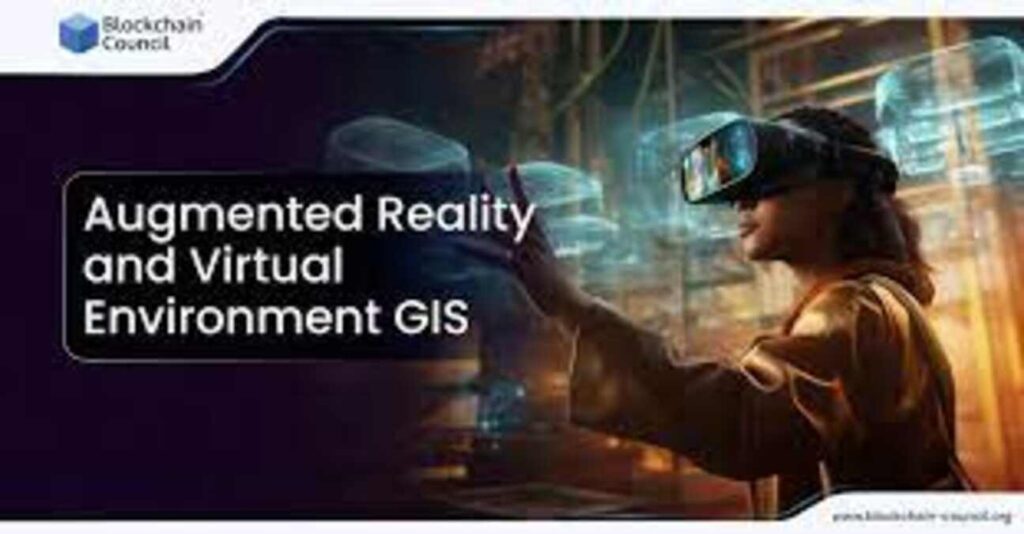
In both VR and AR, digital assets are a critical component. Users in virtual environments often interact with avatars, digital property, and even virtual currencies. Similarly, in AR, users may purchase digital enhancements or exclusive experiences.
Blockchain introduces the concept of digital scarcity through non-fungible tokens (NFTs). These unique tokens represent ownership of a specific digital asset, whether it’s a virtual plot of land, a rare in-game item, or even a digital piece of art.
Blockchain ensures that:
- Ownership is verifiable and transparent.
- Digital assets can also be bought, sold, or traded securely across platforms.
- Royalties can also be automatically paid to creators through smart contracts.
For example, in decentralized VR platforms like Decentraland or The Sandbox, users can also purchase and own virtual land through blockchain-based NFTs, fostering a digital economy that mirrors the real world.
2. Decentralized Economies
Blockchain allows VR and AR platforms to build decentralized economies where users can also engage in commerce without relying on traditional intermediaries. This is particularly important in the metaverse, where users need to transact in real-time for goods, services, and experiences.
Blockchain’s decentralized nature provides:
- Cross-platform compatibility: Users can also carry their assets between different virtual worlds or AR applications.
- Monetization for creators: Artists, developers, and creators can also sell their digital creations directly to users, eliminating the need for centralized platforms.
- Reduced fees: Blockchain eliminates or reduces the middlemen in transactions, cutting down costs for users and creators alike.
3. Identity and Privacy
Both VR and AR applications require some form of digital identity. Whether it’s an avatar in a virtual world or a personalized AR experience, users often need to authenticate themselves. However, this raises concerns about data privacy and the centralization of user information.
Blockchain can also solve these issues by providing self-sovereign identities. These identities:
- Are controlled by the user, not the platform.
- Can also be used across multiple VR/AR platforms.
- Provide more secure and private authentication methods.
For instance, instead of creating an account on every VR or AR platform, users could utilize a blockchain-based identity that allows them to access multiple environments seamlessly, while maintaining full control over their personal data.
4. Content Authenticity and Provenance
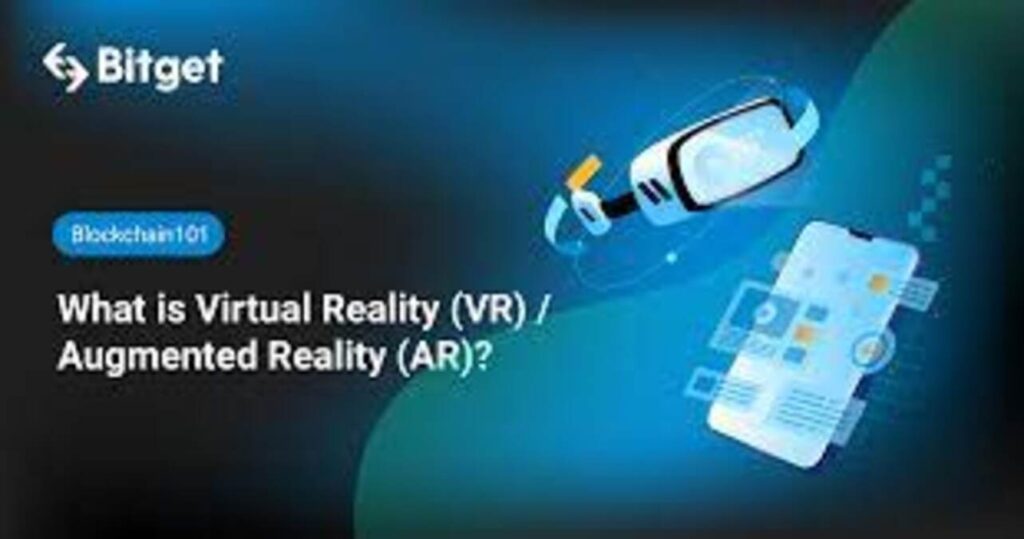
In augmented reality, digital content often overlays physical spaces. This raises questions about the authenticity of the content users are interacting with. Is the data accurate? Can it be trusted?
Blockchain provides a transparent and then immutable ledger for verifying the origin and then authenticity of digital content. This is particularly important in sectors like medicine, education, and journalism, where false or misleading AR overlays could have significant consequences.
For example, blockchain can:
- Ensure that medical AR overlays used in surgeries are accurate and authenticated by professionals.
- Verify the source of educational AR content, ensuring that students are receiving reliable information.
Challenges of Integrating Blockchain with VR and AR
While the combination of blockchain, VR, and AR offers immense potential, several challenges remain:
1. Scalability
Blockchain networks, particularly public ones like Ethereum, face issues of scalability. Transactions can be slow and then costly, which is a significant hurdle for real-time VR and then AR applications where thousands of microtransactions may need to occur in a short time.
Solutions like Layer 2 scaling and then emergence of more efficient blockchain protocols (e.g., Solana, Polka dot) are promising but not yet fully integrated into the VR/AR ecosystems.
2. User Adoption
Blockchain still suffers from a steep learning curve for the average user. Concepts like private keys, wallets, and then smart contracts can be intimidating for those unfamiliar with cryptocurrency. Widespread adoption of blockchain in VR and then AR will require user-friendly interfaces and then education to help users seamlessly interact with the technology.
3. Regulatory Concerns
As with any disruptive technology, blockchain is subject to regulatory scrutiny. Issues like data ownership, digital rights, and then taxation in virtual environments are still being debated by governments worldwide. For blockchain-powered VR and AR platforms to scale globally, clear regulatory frameworks need to be established.
The Future of Blockchain, VR, and AR
Looking ahead, the integration of blockchain with VR and AR will pave the way for more immersive, secure, and monetizable experiences. The metaverse, a collective virtual shared space that incorporates both VR and AR, will likely become the playground for these technologies to converge.
In the metaverse, blockchain will serve as the backbone for everything from ownership of virtual real estate to identity management and economic systems. Virtual worlds will no longer be isolated ecosystems but part of a decentralized, cross-platform network where users can move freely between experiences while maintaining control over their assets and data.
Conclusion
The intersection of blockchain technology with virtual reality and then augmented reality is shaping a future where digital and physical worlds merge seamlessly. Blockchain brings much-needed elements of security, ownership, and decentralization to VR and AR, allowing these technologies to scale and unlock new levels of creativity, interaction, and commerce.
As industries continue to explore the potential of these converging technologies, we are on the brink of a new era of digital experiences that will redefine how we interact with the world around us—whether it’s virtual, augmented, or somewhere in between.
Read more: Cryptocurrency, vs. Augmented Reality


